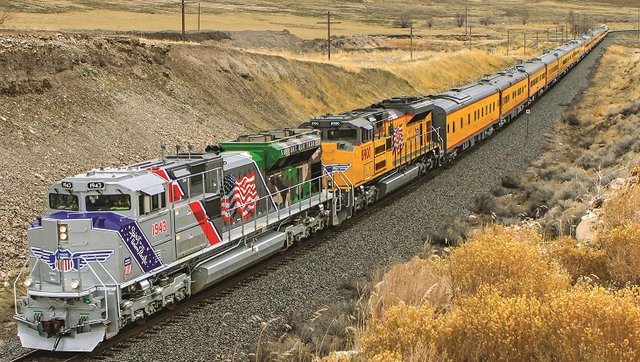Stories of Our Heritage
Historical Timeline
- 1862
- 1869
- 1872
- 1883
- 1897
- 1906
- 1917
- 1928
- 1936
- 1941
- 1958
- 1969
- 1971
- 1989
- 1996
- 2002
- 2019
- 2024
Our Heritage

Heritage Fleet
The preservation of the Heritage Fleet speaks to the high value Union Pacific places on its heritage.

Steam Locomotives
Union Pacific is proud to own the world’s largest and fastest steam locomotives – our greatest public ambassadors, connecting people from all walks of life through history and innovation.
Explore Railroad History
Located in historic downtown Council Bluffs, Iowa, on the Missouri River, the museum is a great place for friends and family to learn about the Union Pacific Railroad.
Visit Our Photo Collection
See a sampling of the more than 500,000 historical photos and maps in the Union Pacific Museum archive







Abraham Lincoln and Union Pacific
Union Pacific is proud to celebrate the legacy of Abraham Lincoln, who set the transcontinental railroad in motion and brought our railroad to life.

The Great Race to Promontory
Trace the progress of Union Pacific and Central Pacific railroads as they raced to complete the first transcontinental railroad and discover the communities they created along the way.


























